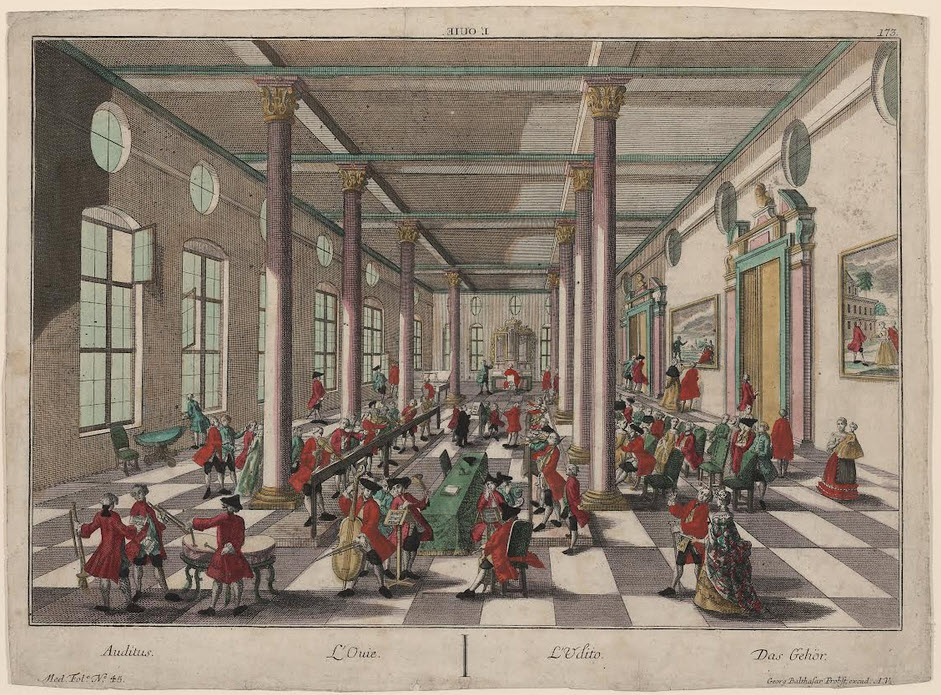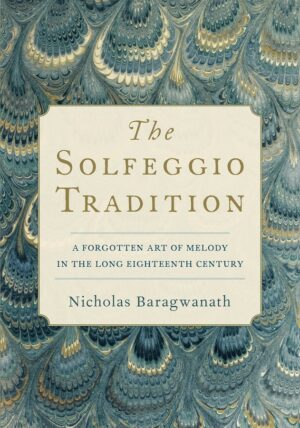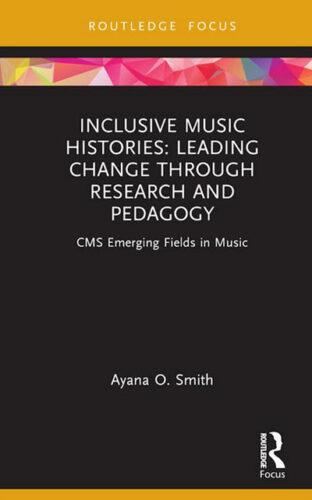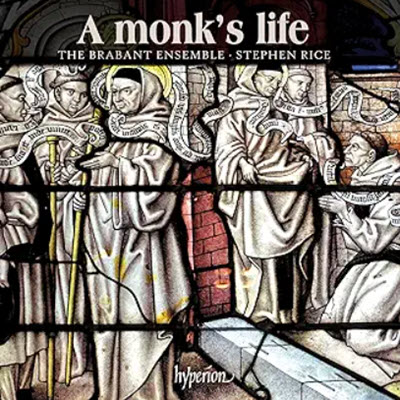by John A. Rice
Published April 17, 2023
Nicholas Baragwanath. The Solfeggio Tradition: A Forgotten Art of Melody in the Long Eighteenth Century. Oxford University Press, 2020. 410 pages.

In the last couple of decades, several innovative scholars of 18th-century music have shifted attention away from Austro-German masters Bach, Mozart, and Haydn. Daniel Heartz (Music in European Capitals: The Galant Style, 1720–1780), Robert O. Gjerdingen (Music in the Galant Style), and Giorgio Sanguinetti (The Art of Partimento: History, Theory, and Practice) have embraced a broader view of the century’s music, emphasizing its roots in Italian opera and in Neapolitan traditions of musical pedagogy. Instead of hearing the galant style as an imperfect or embryonic form of what is still sometimes called the “Viennese classical style,” they have demonstrated the musical excellence achieved by many composers and performers in many parts of Europe and helped us understand how those composers learned their craft. Those big, path-breaking books have been joined by yet another.
 In The Solfeggio Tradition, Nicholas Baragwanath (professor of music at the University of Nottingham and a regular writer and presenter for BBC Radio 3) has written what may well be the definitive study of the technique by which many 18th-century musicians learned to read—and subsequently to perform, to improvise and to compose—melodic lines. Baragwanath shows how the system of solmization, invented in the Middle Ages to teach the reading of plainchant, evolved over many centuries as it interacted with evolution of musical style.
In The Solfeggio Tradition, Nicholas Baragwanath (professor of music at the University of Nottingham and a regular writer and presenter for BBC Radio 3) has written what may well be the definitive study of the technique by which many 18th-century musicians learned to read—and subsequently to perform, to improvise and to compose—melodic lines. Baragwanath shows how the system of solmization, invented in the Middle Ages to teach the reading of plainchant, evolved over many centuries as it interacted with evolution of musical style.
Solmization involves the use of vocalized syllables—ut (later do), re, mi, fa, sol, la—for each note of the hexachord, the six-note scale that Medieval singers found useful in teaching how to sing plainchant from the four-line staves then prevalent. (The seventh syllable—si or ti—came only later.)
The main challenge that students faced was learning how and when to “mutate” from one hexachord to another in a melody that went outside the hexachord in which it started. Solmization continued to play an important role in the education of music students in the 18th century, especially in Catholic countries, where plainchant was still a living art. But in applying it to “figural music” (that is, everything except plainchant) musicians had to adjust it to the demands of tonality.

The result was a “moveable do” in which the tonic was normally sung as do, the second scale degree as re, and so forth. I say “normally” because half steps that defined a key, between scale degrees 7 and 1 as well as 3 and 4, were solmized mi-fa; thus the tonic, when it was preceded or followed by the leading tone mi, was sung as fa rather than do.
Musicians of the 18th-century wrote thousands of solfeggi, textless compositions for the use of students in practicing solmization. These pieces are preserved in hundreds of collections, meticulously catalogued by Baragwanath as part of a massive bibliography.
To the uninitiated, the mysteries of solmization were a source of amusement. For instance, Joseph Weigl’s opera L’amor marinaro (Vienna, 1797; best known for a melody on which many composers, including Beethoven, wrote variations) features a hearing-impaired maestro di cappella named Cisolfautte and an opera singer, Claretta, who gives a music lesson: “Listen carefully while I solmize: Mi sol re la fa do. Do mi re sol fa la, la do fa sol re mi. Fa fa do do re re. Now you solmize with me.”
Baragwanath is just as enthusiastic and knowledgeable as Claretta. With prose that is both lively and precise he repeatedly urges his readers to solmize with him. (His book is chock full of musical examples.) Those who accept his invitation will find much to learn, as he opens a window onto a part of the 18th-century soundscape unfamiliar to most of us.
John A. Rice is a freelance music historian who lives in Rochester, Minnesota. His most recent book, Saint Cecilia in the Renaissance: The Emergence of a Musical Icon, was recently reviewed for EMA.




